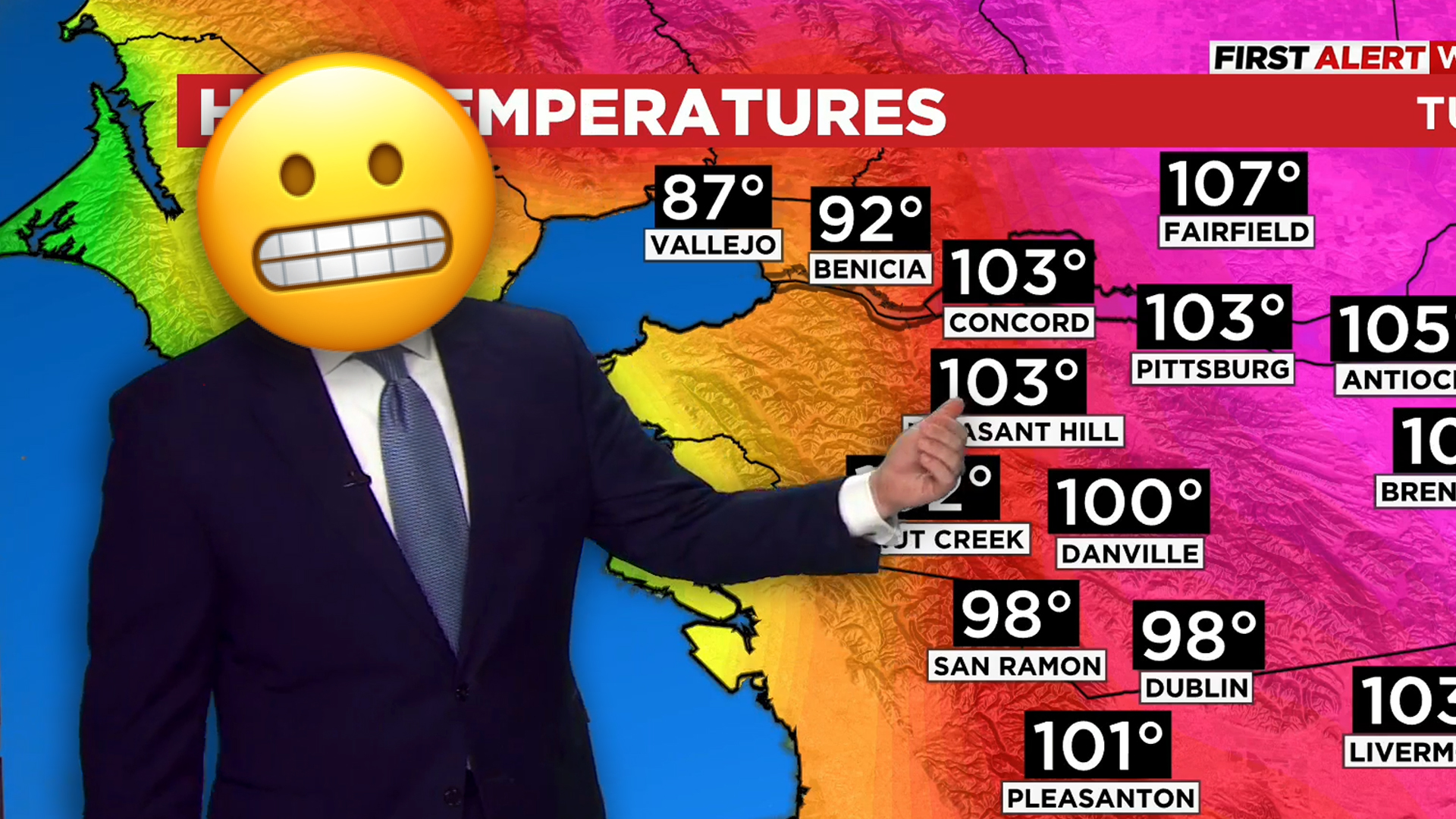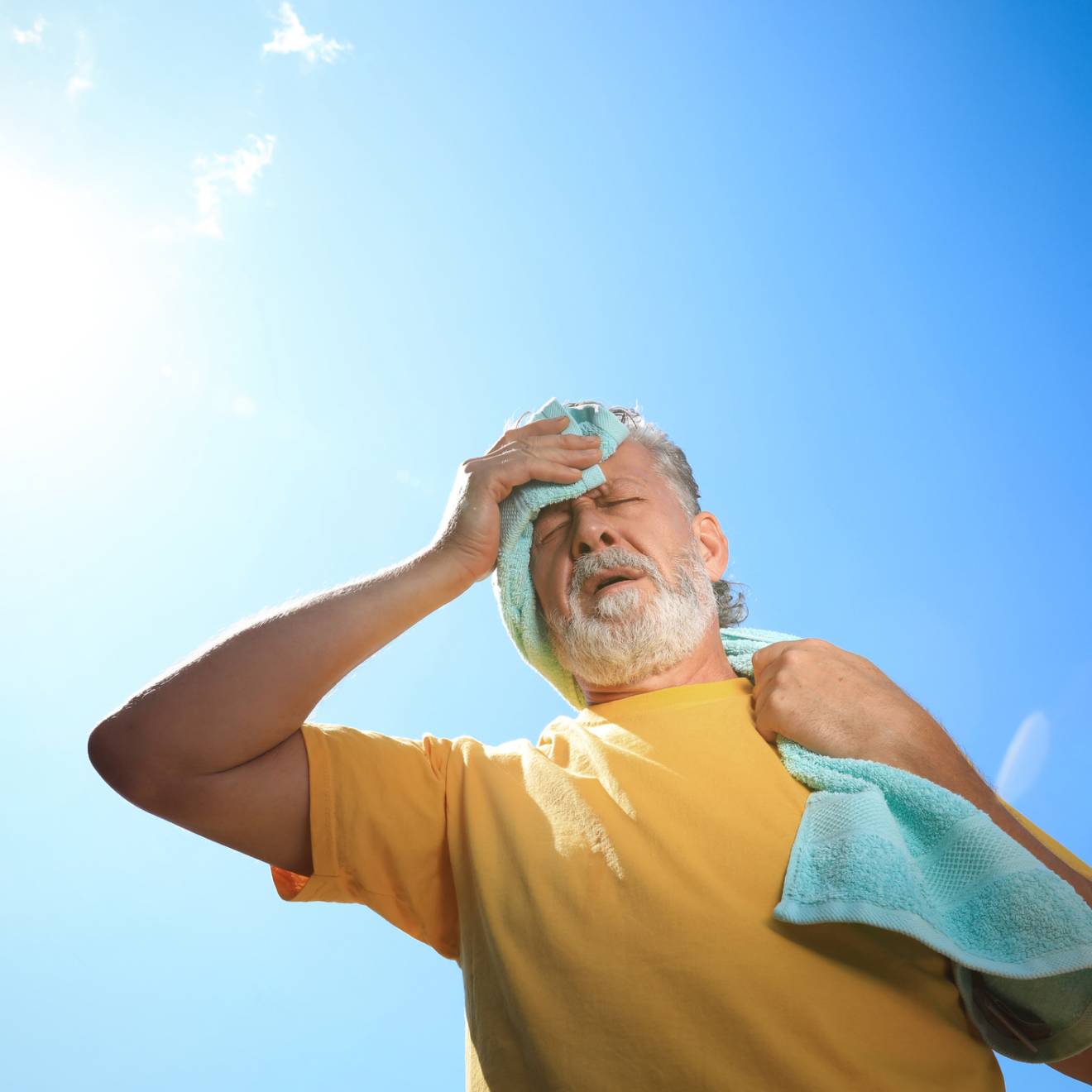Carolyn McMillan, UC Newsroom
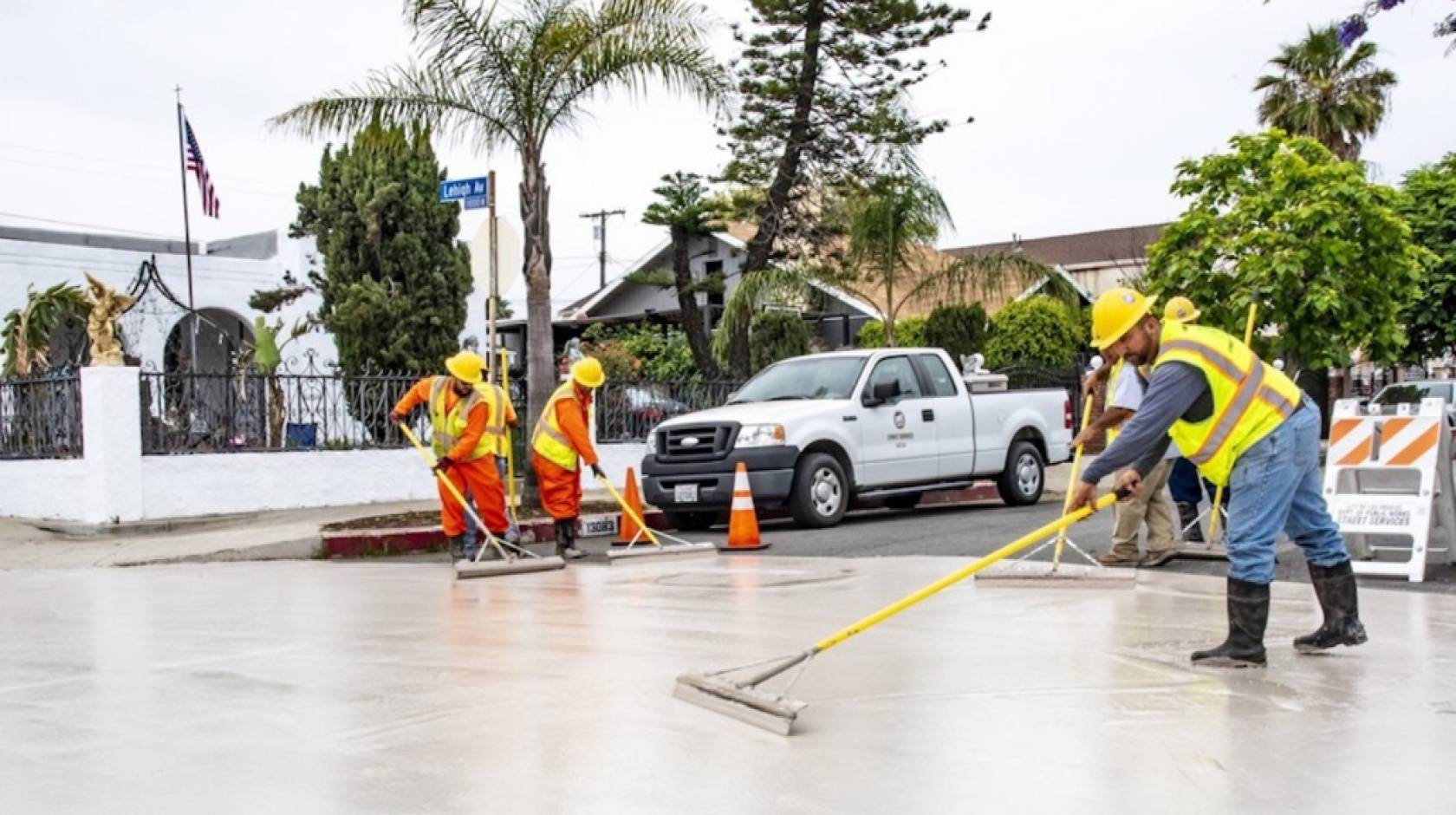
By the middle of this century, temperatures in some California cities are expected to be in the triple digits for a third of the year.
That’s dangerously hot. Heat already kills more people each year than any other weather-related disaster, including hurricanes, floods, or winter storms, and as the mercury rises the toll is expected to keep climbing.
Researchers and scientists from across the University of California and Lawrence Berkeley National Lab are working on a range of solutions to help cities and people cope. Many of those interventions focus on delivering relief to the low-income neighborhoods that are most at risk during heat waves. There is also a growing body of research aimed at developing new materials and techniques to help cities cool.
“There is urgency to this work because it’s only getting hotter,” said Berkeley Lab scientist Ronnen Levinson, who leads the Heat Island Group, a research unit focused on developing and testing solutions to urban heat.
Why cities are so hot
For more than 200 years, people have understood that cities tend to be hotter than the rural areas surrounding them, an effect described as urban heat islands.
On a hot summer day, U.S. cities can average 5–9 degrees Fahrenheit (3–5 degrees Celsius) hotter than the surrounding countryside. Some of that heat comes from the sheer density of people and their daily activities.
But much of it comes from the built environment itself. Concrete buildings, asphalt parking lots, paved roads, and dark rooftops all absorb the sun’s heat and then radiate it back out, warming the air. Even at night, the built environment continues to release stored heat, creating nighttime urban heat islands that can be even more severe than those during the day.
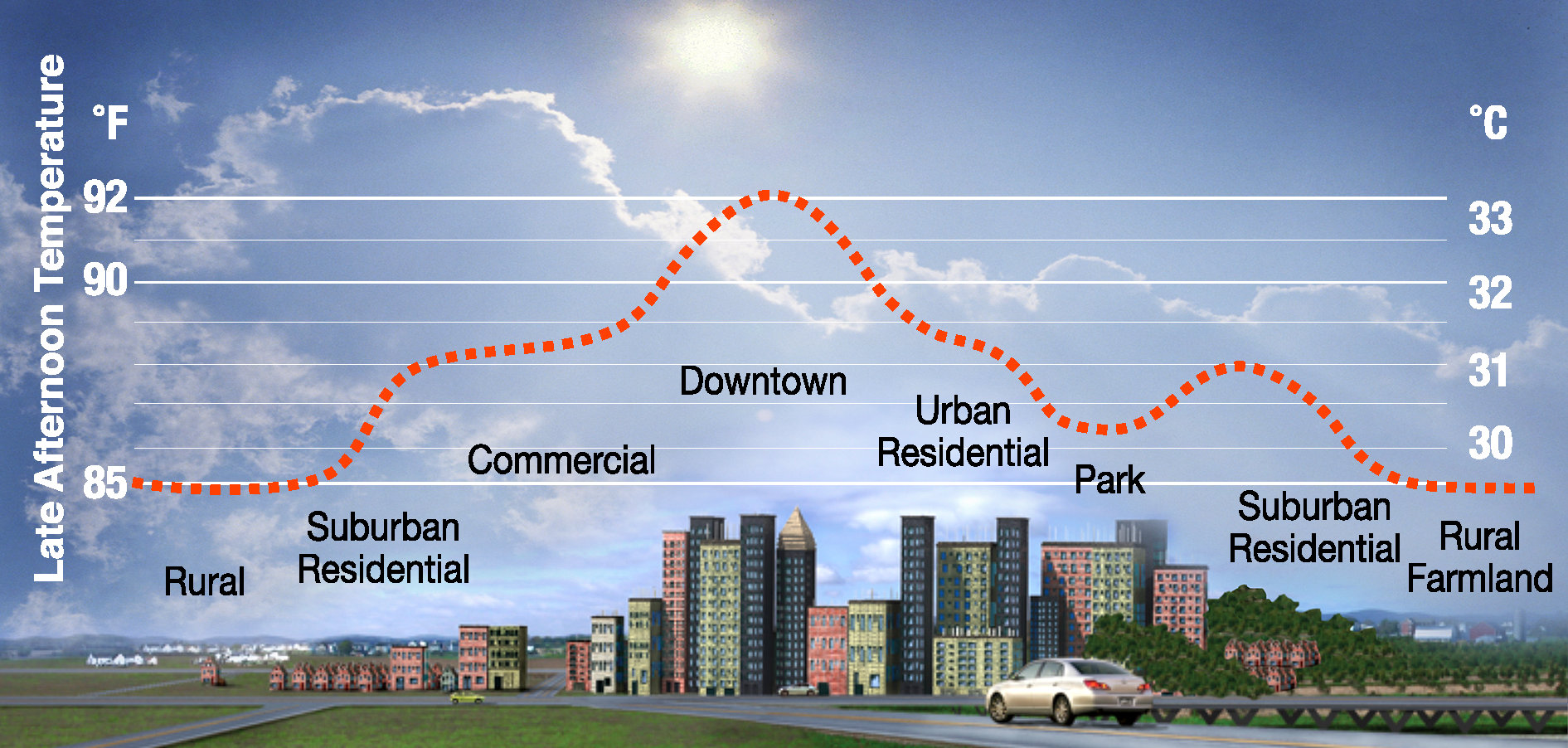
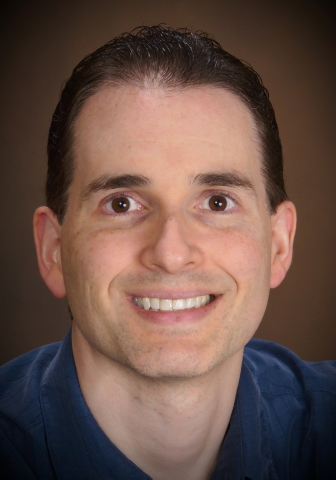
Ronnen Levinson
Cool roofs, cool walls, cooler cities
Minimizing those heat islands largely comes down to using building and paving materials that reflect the sun’s heat rather than absorbing it, Levinson said. Tree shade and evaporation from plants also help cool cities, he added.
A white roof can reflect 80 percent or more of the sunlight. That keeps buildings cooler inside, reducing the need for air conditioning by up to 15 percent or making spaces without air conditioning more comfortable. Being less reliant on AC comes with other benefits: It lowers cooling costs, takes stress off the electrical grid, and reduces the emissions that form both smog and greenhouse gases.
Cool materials don’t need to be blindingly white or cast an obnoxious glare to work. About half of sunlight arrives as invisible “near infrared” radiation. Products colored with special pigments can reflect that invisible light while still offering a full color palette, bringing significant levels of cooling. Although they’re not as cool as white, these “cool colored” roofing materials can reflect up to 60 percent of sunlight, making them significantly cooler than typical dark asphalt shingles.
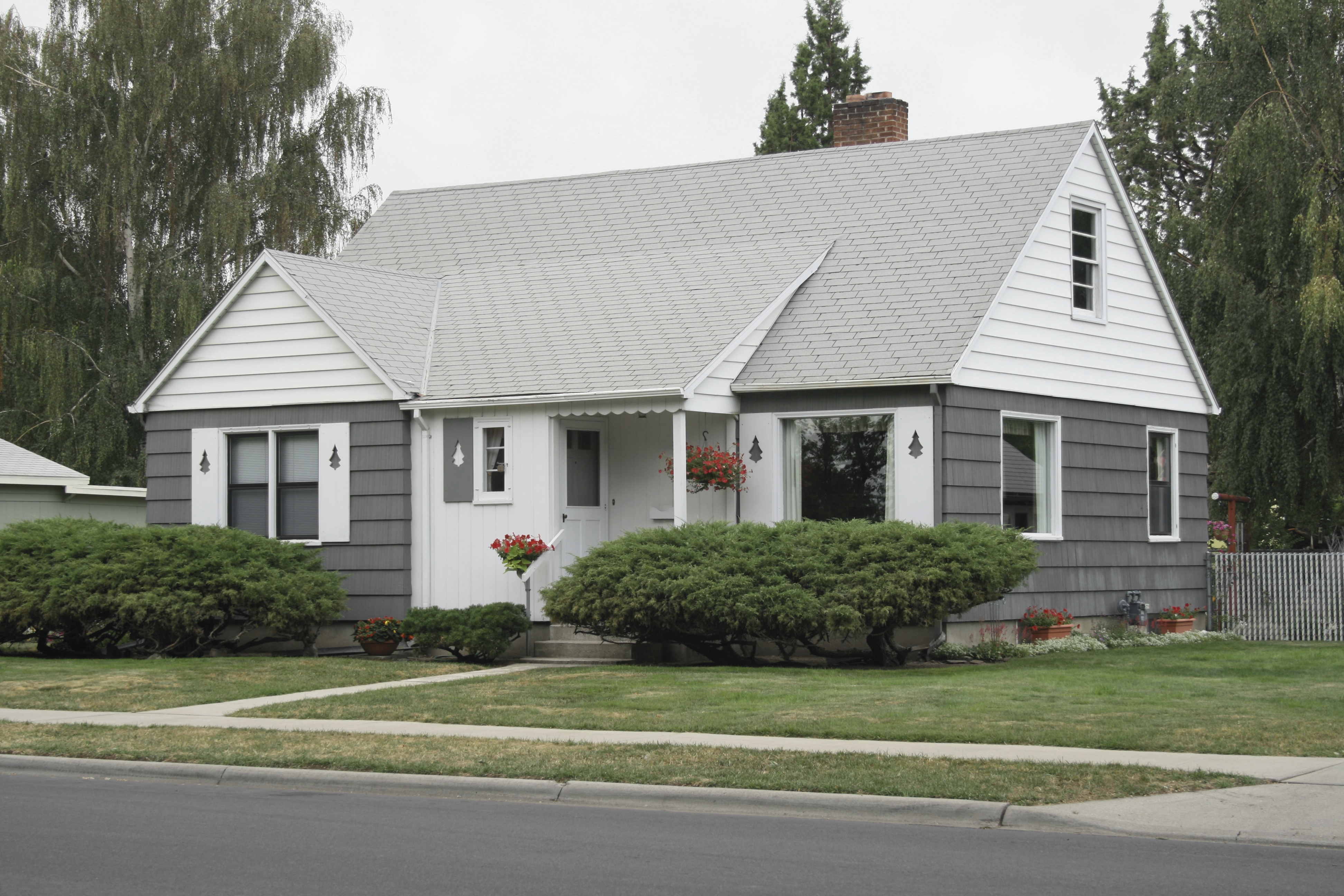
And there are already many products available on the market, in a range of matte colors and materials, with costs that are comparable to conventional materials.
The shift to cool walls
Cool roof technology has been around for more than two decades — and in some parts of California, it is now required for new construction and roof replacements.
Less attention has been given to the idea of cool walls, but Levinson’s group has recently shown that they can rival cool roofs as an effective way to reduce urban heat islands, while lowering indoor air temperatures or the need for AC.
Although walls get less direct sunlight than roofs, they are also less well insulated, so when sunlight hits them, heat is easily transmitted inside. Using white or light-colored cool paints can bounce the sunlight and its heat away from the building, so indoor temperatures stay lower (or need less energy for air conditioning). Walls also have the advantage over roofs of staying cleaner, so reflective walls perform well over time. And because buildings get painted more often than they get new roofs, cool walls could be implemented at scale fairly quickly and easily, Levinson said.
“Cool walls are an immediate solution: They help mitigate extreme heat. You don’t have to tear off your new roof to use them, and it doesn’t cost you anything extra to pick a cool paint,” Levinson said.
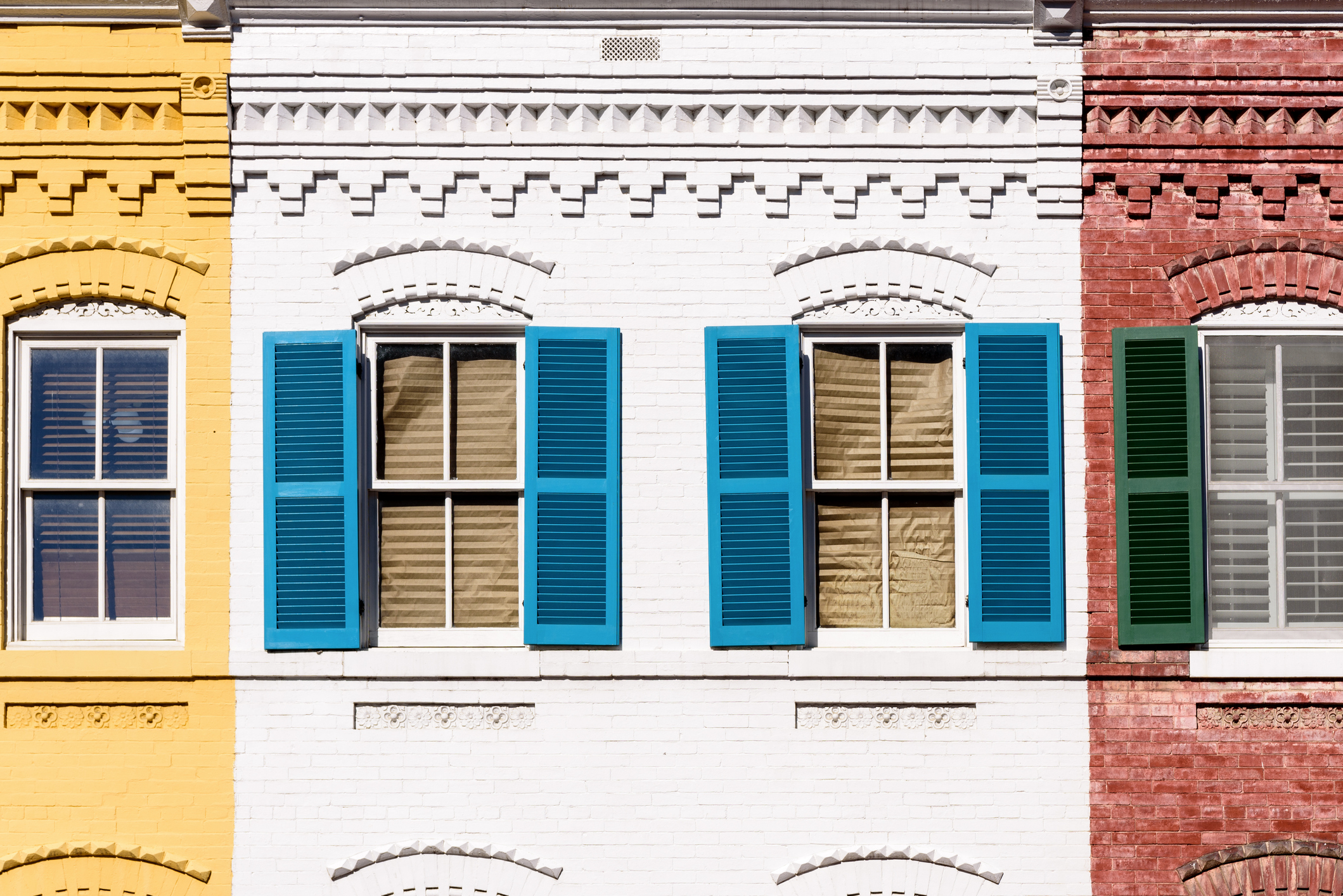
Building owners can ensure they’re choosing effective cool roof and wall products through the Cool Roof Rating Council, a non-profit organization that evaluates and rates the radiative properties of commercially available cool surface products.
As temperatures rise, cooling strategies are a necessity
California’s Central Valley can be punishingly hot in summer. Fresno last year had 69 days that were 100 degrees Fahrenheit (38 degrees Celsius) or higher, breaking its previous record.
In that kind of sustained heat, being able to cool down can be essential to human health. Yet many low-income households don’t have access to air conditioning.
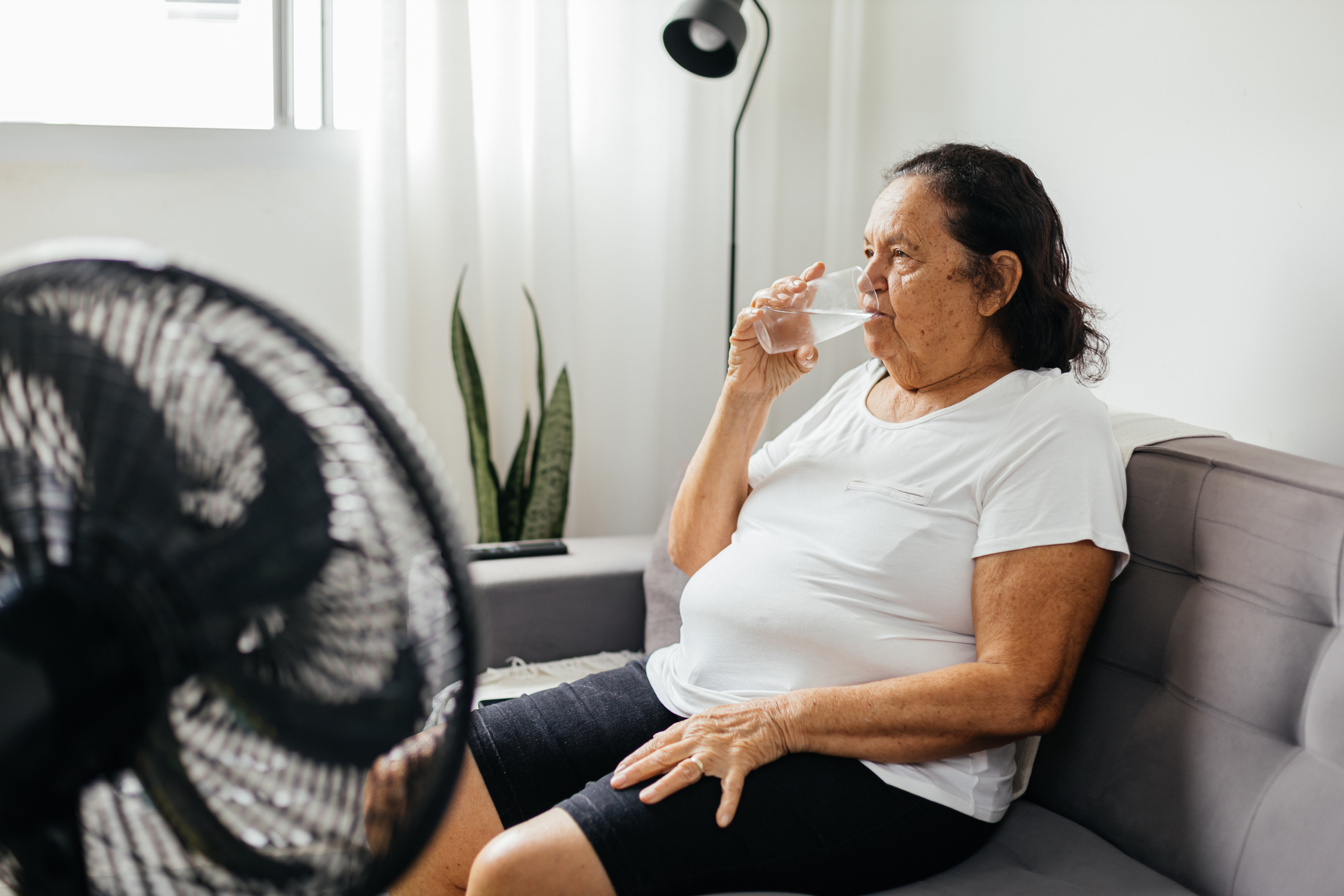
California law requires rental units to provide adequate heating in winter, but there is no equivalent standard for cooling in summer, said V. Kelly Turner, an assistant professor of urban planning at UCLA, and co-director of the Luskin Center for Innovation, Urban Environment Research.
The issue is compounded by the fact that low-income neighborhoods are often designed in ways that amplify the urban heat island effect.
Dense apartment complexes, acres of asphalt parking lots, and few parks or shade trees have resulted in low-income neighborhoods that are 5 degrees Fahrenheit (3 degrees Celsius) hotter, on average, than wealthy neighborhoods in the same metro regions, a UC Davis study of the U.S. Southwest concluded.
Residents in these areas also were less likely to have access to air conditioning at home, work, and school, a finding with serious implications for health and well-being. Extreme heat is linked to higher incidence of premature birth, lower test scores, decreases in productivity, and increased risk of heatstroke among children and the elderly.
“I would not say it is hyperbole to call heat the great environmental and equity challenge facing California today,” Turner said.
Adding trees for shade and deploying cool surface technology could make a huge difference in poor neighborhoods, and save roughly one in four lives currently lost to heat waves, while delaying climate change-induced warming by approximately 40-70 years, according to a recent UCLA study.
The good news is that local, state, and federal agencies have begun working to address extreme heat, with a focus on bringing help to the neighborhoods that need it the most.
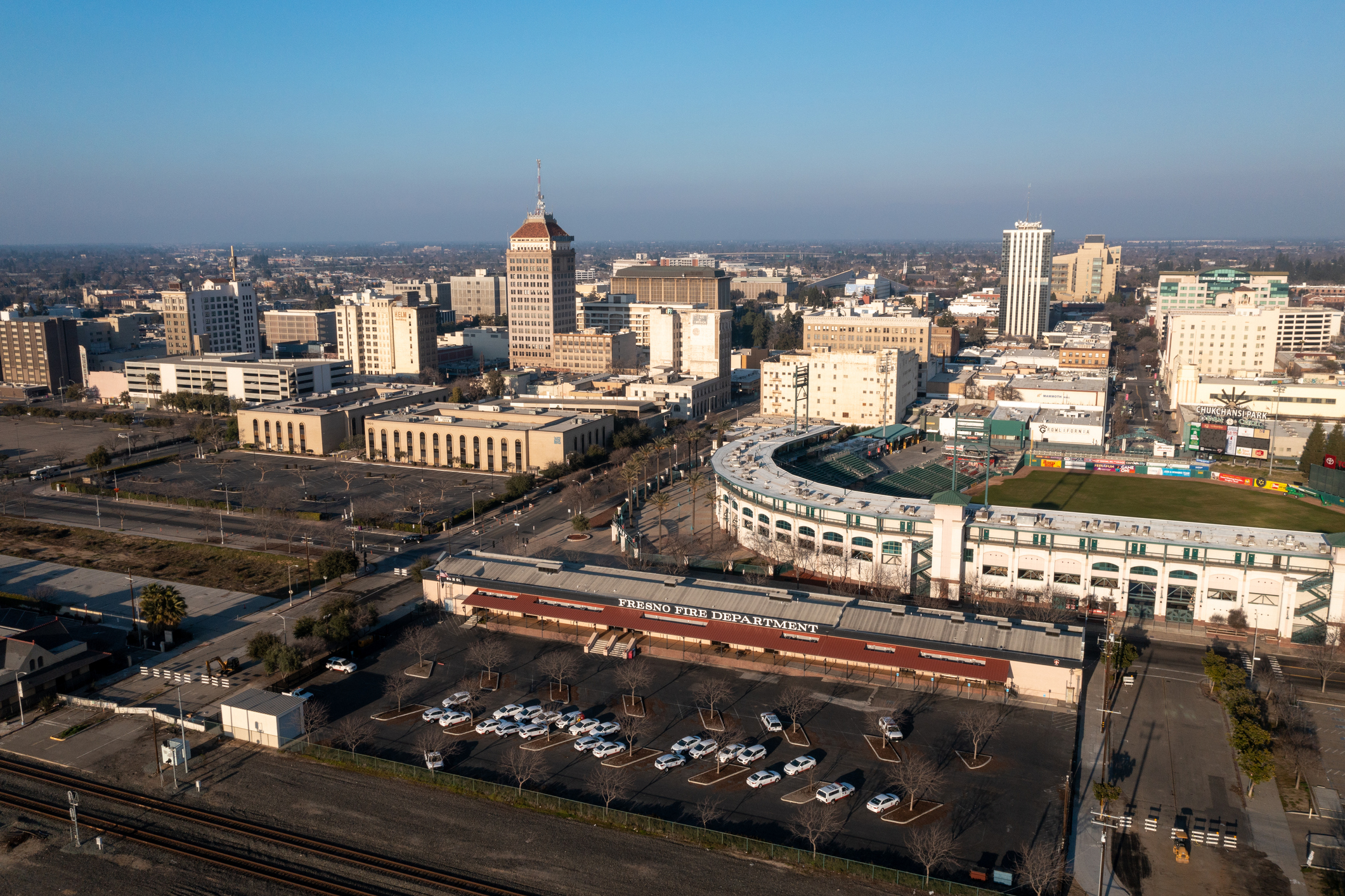
In April, Berkeley Lab hosted its first annual Resilient Cooling Workshop convening over 30 leading experts from city and state public health departments, Berkeley Lab, UC Berkeley, UCLA, and elsewhere to unravel the societal and economical threats of climate-change driven overheating in the coming decades, and to map countermeasures.
In Los Angeles, the Cool Streets program is adding 60 miles of cool pavement and planting 2,000 trees in low-income neighborhoods to bring some relief.
And Berkeley Lab’s Energy Technologies Area just completed a multi-year project in Fresno, funded by the California Strategic Growth Council, that worked with residents, local non-profits and others to develop policy recommendations and a toolkit that can help protect low-income communities all over California during episodes of extreme heat.
The project found that during a heat wave coupled with a power outage, cool roofs and cool walls could boost the thermal livability of older (pre-1980) single-story Fresno homes by 10 percent and 16 percent, respectively.
Policy solutions are also needed to fully address the inequities related to heat, said research scientist Max Wei, who led Berkeley Lab’s work in Fresno.
In the neighborhoods they studied, excessive heat is a chronic issue throughout summer, not just during heat waves. One in six households had no access to air conditioning, and 70 percent of residents reported that indoor temperatures were uncomfortably high very often during summer.
“It’s just a really severe problem,” Wei said. “Most research focuses on the acute issue of extreme heat, but the chronic issue is almost as important. It’s about the quality of life.”
The Fresno research team made a number of recommendations, including the establishment of minimum design standards for residential cooling; creating a program to provide AC for households that need it; and launching a heat mitigation program that tracks the effectiveness of interventions by monitoring trends in heat stress and illness, along with improvements to people’s health, comfort, productivity and learning.
The U.S. Department of Energy has now tapped Levinson’s group to take on a similar project benefiting underserved areas in Atlanta and Boston.
The DOE has also partnered with Berkeley Lab, utility companies, building material manufacturers, and other stakeholders to develop a plan to make cool roofs and cool walls more widely adopted across the United States, Levinson said.
“This is an effort to jumpstart cool surfaces,” Levinson said. “We have solutions to make places more bearable in extreme heat.”
Berkeley Lab is a multiprogram national laboratory, managed by the University of California for the U.S. Department of Energy’s Office of Science.

Max Wei
